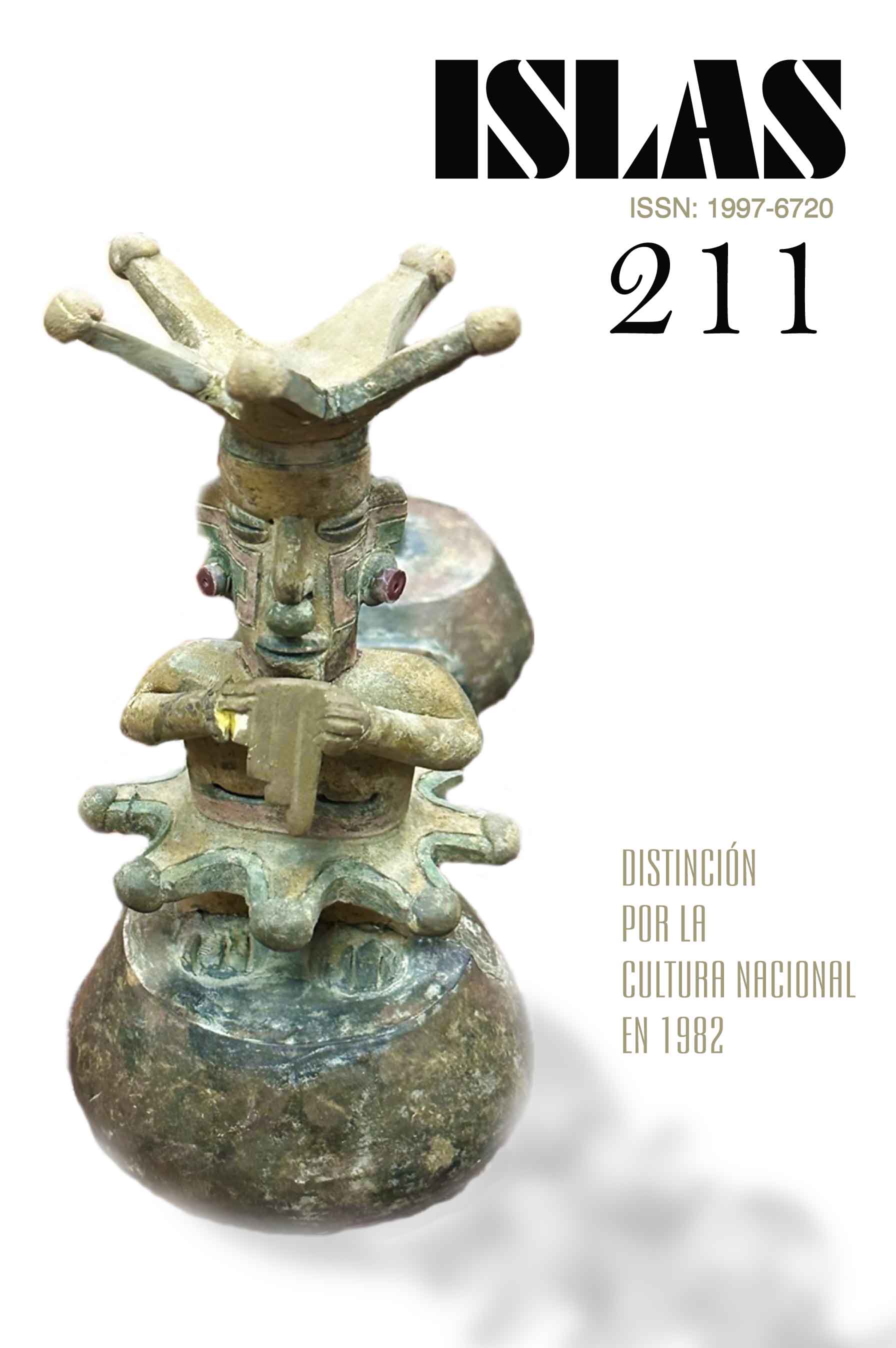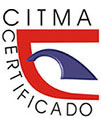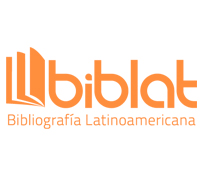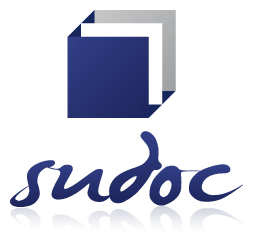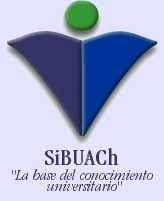Heritage Transformation and Resignification of Vernacular Housing in a Native Peruvian Community
Keywords:
vernacular housing, rammed earth housing, cultural heritage, cultural identity, heritage resignificationAbstract
Introduction: This research examines the vernacular housing of El Wayku native community in Lamas, with the aim of analyzing the process of transformation and resignification of the heritage values attributed to it in a native community of Peru.
Method: This study follows a mixed-methods approach, starting with the definition of the object and area of study, as well as the internal and external subjects involved. According to its scope, it is a descriptive–cross-sectional–explanatory study. Data collection involved bibliographic information from previous studies, triangulated through direct observation of the study area (photographic recording forms and planimetries), and the conduction of structured interviews.
Results: Through the comparison of documentary sources and fieldwork, a significant transformation process of the rammed earth vernacular housing was evident within the study area. The interviews revealed a generally positive perception among the subjects regarding the heritage values of form, use, and symbolism, with distinctive assessments in each case that point to a resignification of the object of study.
Conclusion: Regarding the resignification process, it was found that for some heritage subjects, the rammed earth vernacular houses lack certain specified values; however, these dwellings can become heritage and, in doing so, stand out in the Amazon region as a particular model.
Downloads
References
BALLART, J. (2002). El Patrimonio Histórico y arqueológico. Editorial Ariel.
BARBIRIA, F. (s.f.) Entre Sierra y Selva. Centro Amazónico de Antropología y Aplicación Práctica.
BDPI – Base de datos de pueblos indígenas. https://bdpi.cultura.gob.pe/
Calva, J. (2022) Usuarios de la información: estudios, métodos y comunidades sociales. Universidad Nacional Autónoma de México.
Canziani,J., Vilela, M., Dam,P., Stillemans, J.(2017). Transversal Acciones de integración en el territorio. Pontificia Universidad Católica del Perú Fondo editorial
COFOPRI / DRA / INEI (II Censo de Comunidades 2007)
Faiffer, G. & Belaunde L.E. (2016). Mujer, biodiversidad y seguridad alimentaria en las comunidades Kechua - Lamas. Waman Wasi – PRATEC Editores
Flores, L.E (diciembre,2021). Viviendas con barro en la Región San Martín (Caso Lamas). CIUTERRA. (1), pp 53-58
Hayakawa, J. (2012). Restauro UNI. Breve antología de textos de restauración del patrimonio monumental edificado.
Hernández- Sampieri & Mendoza. (2018). Metodología de la investigación: las rutas cuantitativa, cualitativa y mixta. Mc. Graw-Hill Interamericana Editores
Hidalgo, R. (2013). Procesos aculturativos en las manifestaciones folklóricas del centro poblado, Comunidad Quechua Wayku de Lamas, Perú
Maldonado, R., Vela, F. (2012). Declaración de Bodeguillas. Edición Nobuko.
Méndez, M. (2009). El arte de la cerámica lamista. Comunidad nativa kechwa wayku Lamas – Perú (Gráficas de Diego)
Nieto, C. (2018). La apropiación social como elemento preventivo en la salvaguarda de los bienes culturas [ Tesis doctoral.] Universidad Politécnica de Valencia.
Oliver, P. (2006). Built to Meet Needs. Cultural Issues in Vernácular Architecture Londres: Routledge
Olórtegui,T., Rummenhöller, K., Valcuende M.J. (2021) Transformaciones de la arquitectura indígena de la cuenca de Madre de Dios, Perú
Pérez, J. (2018) Un marco teórico y metodológico para la arquitectura vernácula. Ciudades. V.21, pp 01 -2. https://dialnet.unirioja.es/servlet/articulo?codigo=6420412
Rapoport, A. (1972) Vivienda y Cultura. Barcelona.
Rengifo, G. (2024). El cuidado de la naturaleza. Ministerio de Cultura – DDC San Martín
Rudofsky, B. (2020). Arquitectura sin Arquitectos (1era ed.). Pepitas ed.
Scaletti, A. (2014) Arquitectura vernácula residencial en Lamas, Perú: Un estudio tipológico. CONSENSUS 19(2) pp 9-23
Schjellerup, I.; Achútegui, E.; Quipuscoa, J.; Fjeldsá, J.; Samamé M.C. (2001). Wayko – Lamas La gente y la biodiversidad. DIVA Technical Report 9, Ecología y Desarrollo 8
Torres, C. (2022). Revaloración de la lengua Kichwa – Lamista desde la cotidianidad: Institución Educativaa Nº 0800 “Luis Alberto Bruzzone Pizarro” Centro poblado comunidad Kichwa “Wayku” – provincia de Lamas. (Tesis de Grado, Universidad Nacional Mayor de San Marcos ) https://cybertesis.unmsm.edu.pe/backend/api/core/bitstreams/74698496-2e6a-428e-b184-e41ea5e1b6d7/content
Published
How to Cite
Issue
Section
License
Copyright (c) 2025 Karina Rengifo Mesía

This work is licensed under a Creative Commons Attribution-NonCommercial 4.0 International License.
Usted es libre de:
Compartir — copiar y redistribuir el material en cualquier medio o formato
Adaptar — remezclar, transformar y construir a partir del material
La licenciante no puede revocar estas libertades en tanto usted siga los términos de la licencia
Bajo los siguientes términos:
Usted es libre de:
Atribución — Usted debe dar crédito de manera adecuada, brindar un enlace a la licencia, e indicar si se han realizado cambios. Puede hacerlo en cualquier forma razonable, pero no de forma tal que sugiera que usted o su uso tienen el apoyo de la licenciante.
NoComercial — Usted no puede hacer uso del material con propósitos comerciales.
No hay restricciones adicionales — No puede aplicar términos legales ni medidas tecnológicas que restrinjan legalmente a otras a hacer cualquier uso permitido por la licencia.

